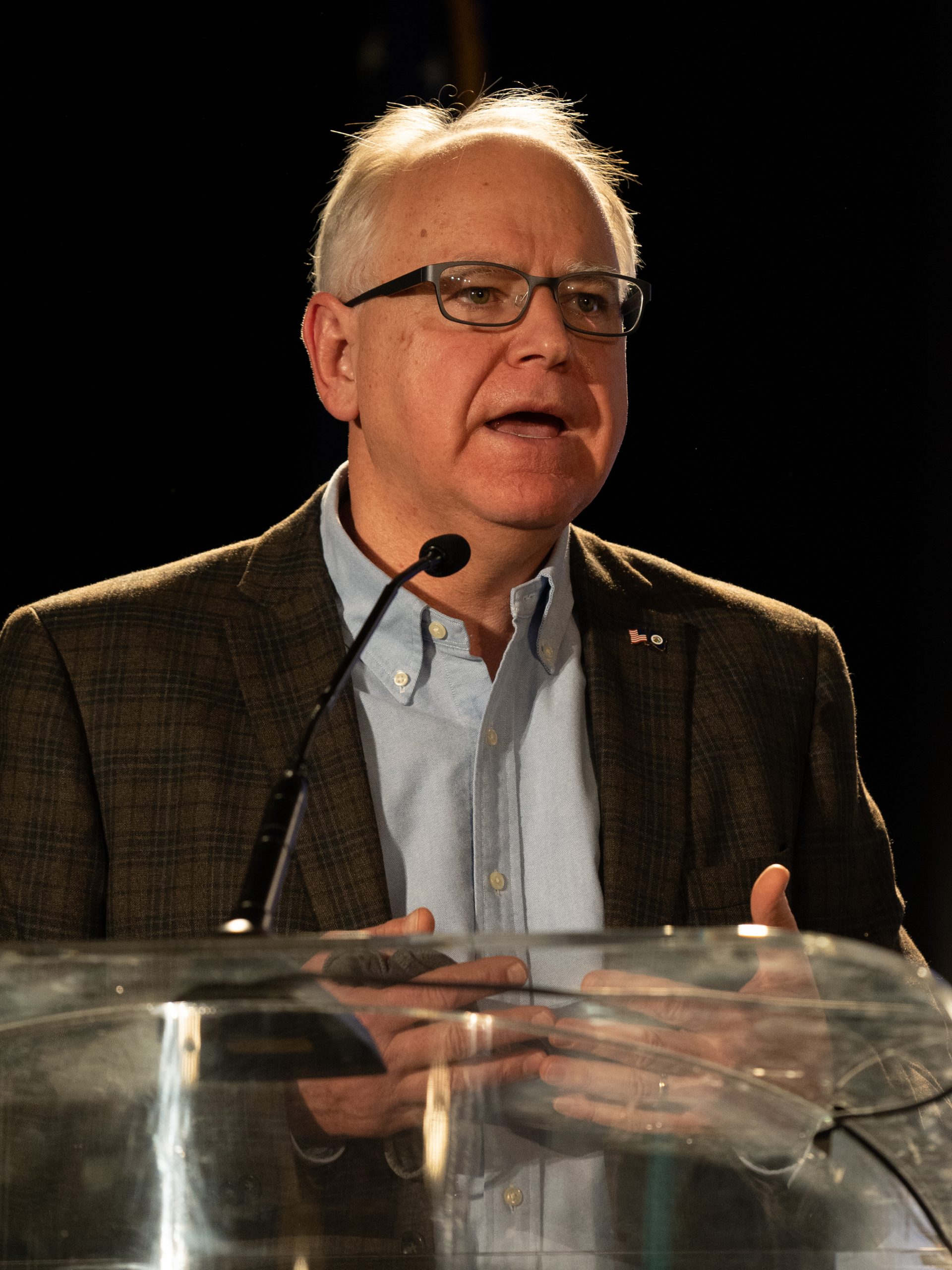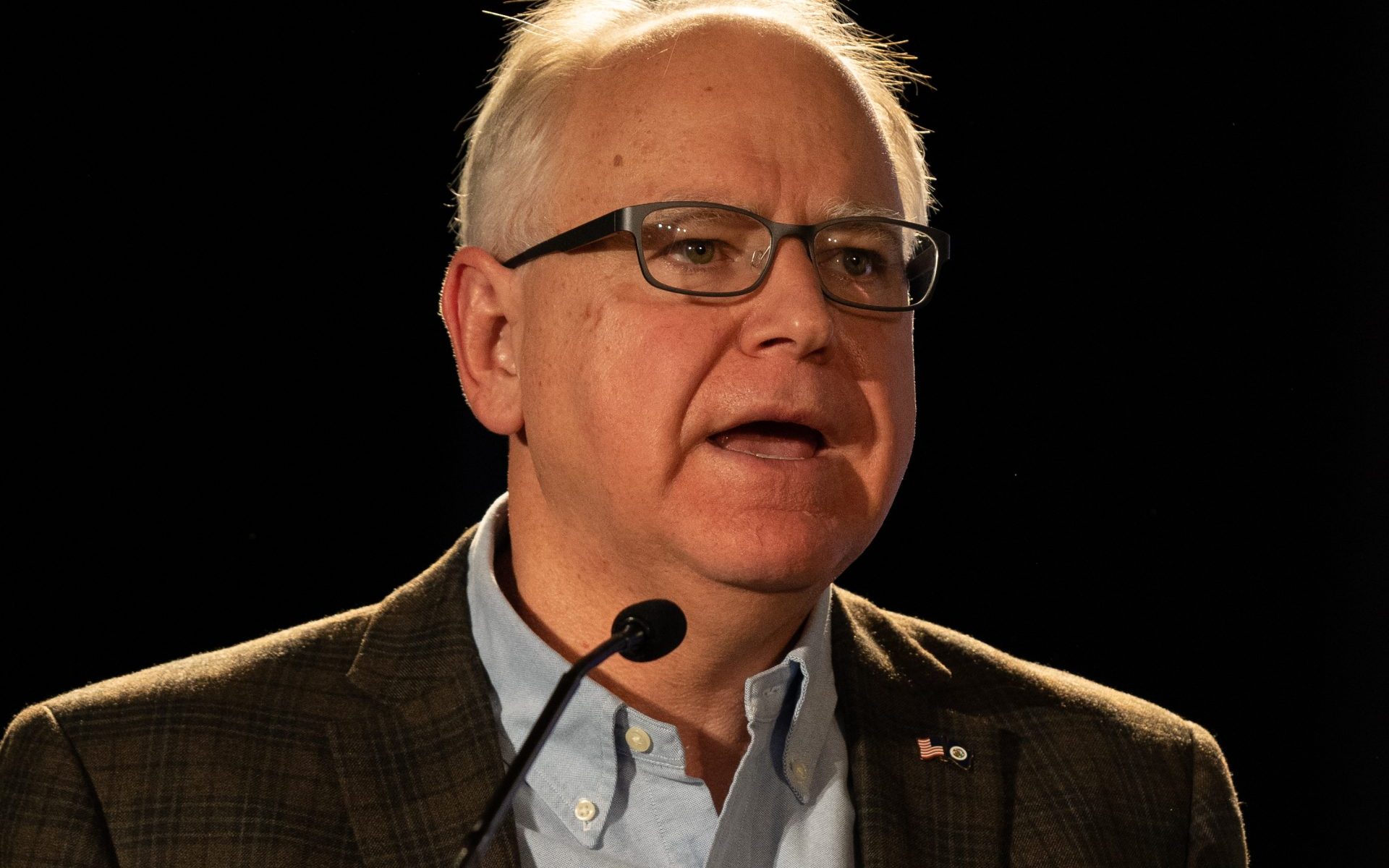
Gov. Tim Walz announced Tuesday that Minnesota bars and restaurants must stop serving at 10 p.m. and attendance at weddings, funeral and social gatherings will be limited under new restrictions to try to slow the accelerating spread of the coronavirus. (TommieMedia file photo)
MINNEAPOLIS (AP) — Minnesota bars and restaurants must stop serving at 10 p.m. and attendance at weddings, funeral and social gatherings will be limited under new restrictions Gov. Tim Walz announced Tuesday to try to slow the accelerating spread of the coronavirus.
The new rules, which take effect Friday, are aimed at young adults, ages 18 to 35, who are often carriers of the virus without showing symptoms and are among the primary spreaders in the state.
While young adults don’t usually get very sick with COVID-19, they can transmit the virus to people who do. The new limits will kick in shortly before college students return home for Thanksgiving, a popular time for reunions with friends.
Restaurants and bars will still be allowed to offer takeout and delivery service after 10 p.m. But the new rules will ban sitting at the bar and activities that involve standing — such as pool, darts and dancing — because they encourage patrons to gather closely together. The changes target people who mingle without masks after too many drinks.
Minnesota’s guidelines currently limit private social gatherings to 10 people in a home and 25 people outside. The new limit is 10 inside or outside. The state is recommending that indoor gatherings be limited to three households, which would affect big family Thanksgiving dinners.
Weddings and funerals, which health officials say have also been significant sources of contagion in Minnesota, will be capped at 50 people as of Nov. 7, and at 25 as of Dec. 11 to allow for a phase-in period, since many events have already been planned.
Walz told reporters on Monday that it makes more sense to target places where young adults congregate, rather than impose a blunt statewide stay-at-home order, as he did in the early days of the pandemic.
The Democratic governor has called a special legislative session for Thursday, which he’s required to do each time he extends the emergency powers he uses to respond to the pandemic for 30 more days. It will be the sixth special session of 2020. Republicans are expected to make another attempt to rescind the governor’s emergency powers, and Democrats are expected to block it.
The new restrictions come after record-setting highs in recent days in new coronavirus cases, hospitalizations, and deaths in Minnesota. The Minnesota Department of Health on Tuesday reported 4,906 new cases to raise the state’s total to 189,681, and 23 new deaths for a total of 2,698.
The seven-day rolling average of the positivity rate in Minnesota has more than doubled over the past two weeks from 6.3% on Oct. 26 to 13.5% on Monday, according to data from The COVID Tracking Project. The state’s seven-day rolling average of daily new cases has nearly tripled over the past two weeks from 1,562 to 4,453. And the rolling average of daily COVID-19 deaths in Minnesota has risen over that period from 16 to 27.
A trade group that represents bars, restaurants and liquor stores was quick to criticize the new restrictions.
“Unfairly singling out every bar and every restaurant in Minnesota is not a scalpel – it’s a hatchet targeting one of Minnesota’s hardest hit industries this year. … These new blanket rules across the state will cause more businesses to close, leaving more people unemployed and unable to support their families,” Tony Chesak, executive director of the Minnesota Licensed Beverage Association, said in a statement.

